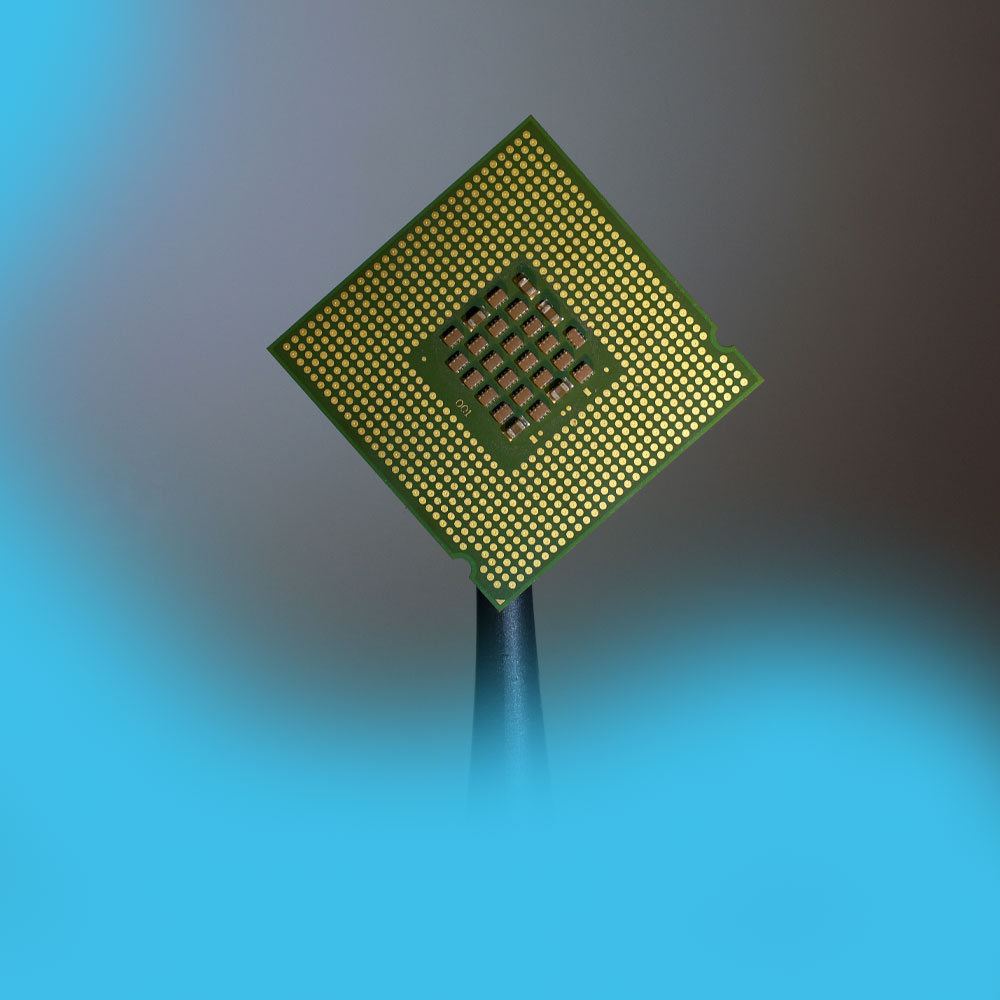Digital Sensing ICs
Negative Temperature Coefficient thermistors (NTCs) have long been used for temperature sensing applications. However, they come with several disadvantages that can limit their effectiveness in certain scenarios. At AtomSemi, we offer digital sensing ICs as a superior alternative to NTCs, addressing these challenges and paving the way for more accurate and reliable temperature measurements.


Disadvantages of NTCs:
- Nonlinearity: NTCs exhibit nonlinear resistance-temperature characteristics, making it challenging to obtain accurate and precise temperature readings across the entire temperature range. This nonlinearity can introduce errors and affect the overall performance of temperature sensing systems.
- Calibration and Compensation: Due to the nonlinear response of NTCs, calibration and compensation techniques are often required to achieve accurate temperature measurements. These additional steps increase complexity, cost, and time during system design and implementation.
- Sensitivity to Manufacturing Variations: NTCs’ resistance values can vary significantly due to manufacturing tolerances, leading to inconsistencies in temperature measurements and reduced overall system accuracy. These variations can be particularly problematic in applications that require precise temperature control or monitoring.
- Response Time: NTCs typically have a slower response time compared to digital sensing ICs. This slower response can be problematic in applications where rapid and real-time temperature measurements are crucial for ensuring optimal system performance and safety.

The Trend Towards Digital Sensing ICs
To overcome the limitations of NTCs, there is a growing trend towards digital sensing ICs for temperature measurement applications. These advanced digital ICs offer several advantages:
- Linearity and Accuracy: Digital sensing ICs provide linear and highly accurate temperature measurements across a wide temperature range. This linearity simplifies system calibration and compensation, resulting in improved accuracy and reliability.
- Integrated Calibration: Many digital sensing ICs come pre-calibrated, eliminating the need for additional calibration steps during system design and reducing overall development time. This integration also ensures consistent and reliable temperature measurements across different devices.
- Robustness and Consistency: Digital sensing ICs are less sensitive to manufacturing variations compared to NTCs, offering greater consistency in temperature measurements. This robustness enhances system performance and reliability, particularly in applications that require precise temperature control or monitoring.
- Extended Temperature Range: Digital sensing ICs can operate over a broad temperature range, making them suitable for many temperature applications. This versatility expands the potential use cases for temperature sensing in various industries.
- Faster Response Time: Digital sensing ICs typically provide faster response times, enabling real-time temperature monitoring and rapid system feedback. This responsiveness is critical for applications where quick temperature measurements are vital for maintaining optimal system performance and preventing potential damage.



